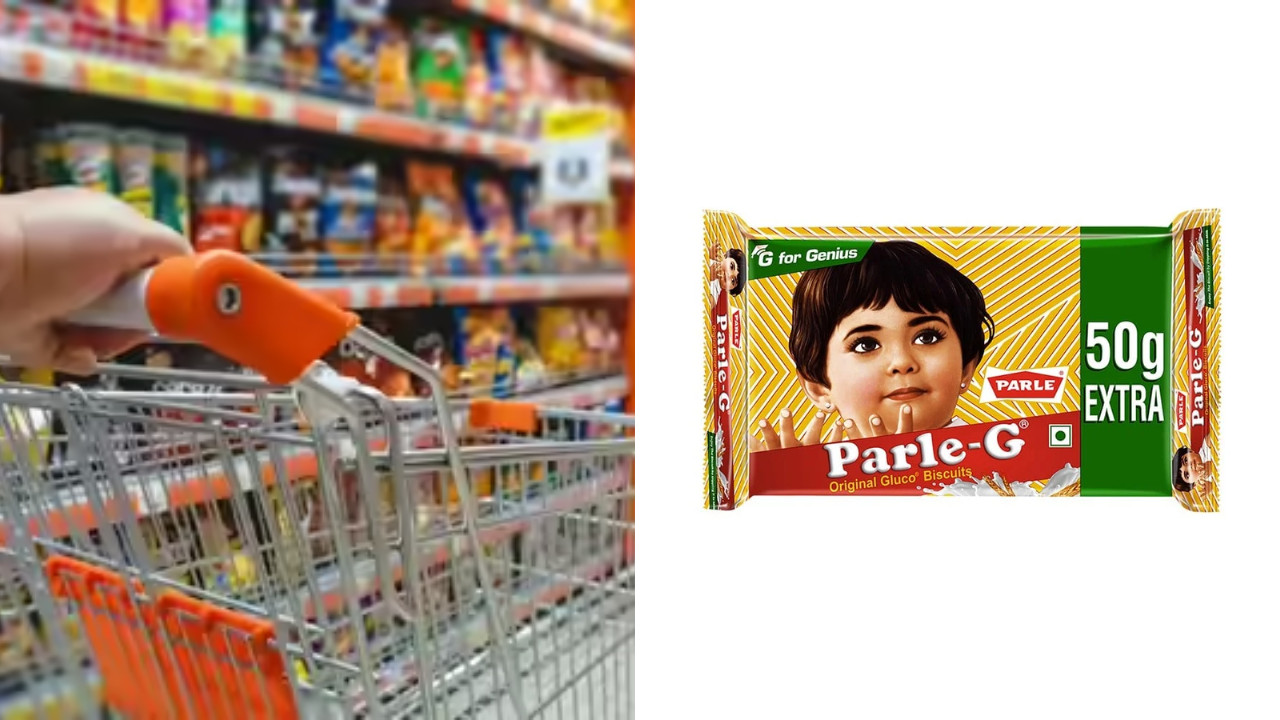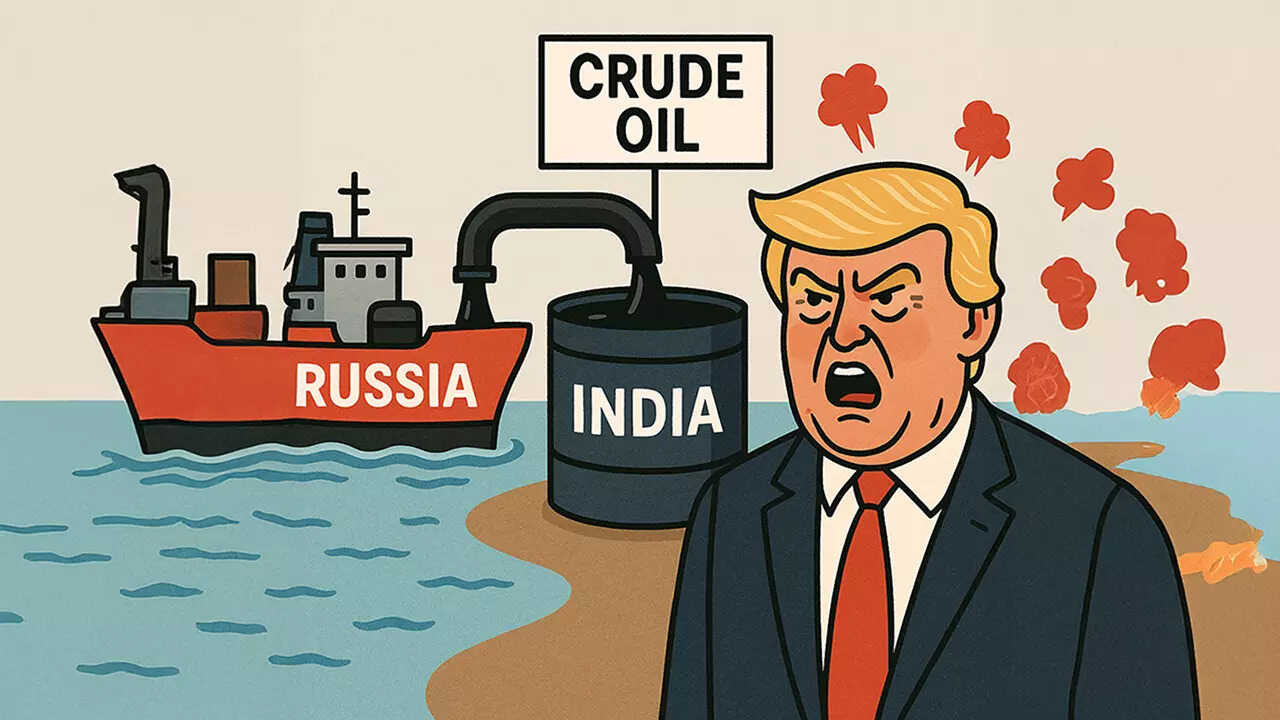The End of an Era: How GST 2.0 is Reshaping the FMCG Landscape
Remember grabbing that iconic ₹5 or ₹10 packet of biscuits, chips, or shampoo? It was a quintessential part of the Indian retail experience, a quick and affordable treat or essential available to everyone. But things are changing. The era of those seemingly magical price points is fading as GST 2.0 rolls out, prompting FMCG companies to rethink their product strategies.
For decades, these low-priced packs have been a cornerstone of the fast-moving consumer goods (FMCG) market in India. They served as an entry point for new consumers, a way to sample products, and a reliable option for budget-conscious shoppers. Their affordability drove volume sales, making them a vital part of the FMCG ecosystem. But the introduction of the Goods and Services Tax (GST) has thrown a wrench into the works, and the latest iteration, what some are calling GST 2.0, is accelerating the shift away from these small, low-margin packs.
The GST Effect: A Price Point Predicament
The implementation of GST brought with it a new set of challenges for FMCG companies. The complex tax structure and the need to comply with various regulations increased operational costs. While larger pack sizes could absorb these costs more easily, the razor-thin margins on the ₹5 and ₹10 packs became increasingly difficult to maintain. The recent tweaks and enhanced enforcement measures under GST 2.0 are only amplifying this pressure.

Companies are finding it harder to absorb the GST burden on these smaller packs without compromising on product quality or profitability. We’re seeing a gradual phasing out of these products, replaced by slightly larger, higher-priced alternatives. This isn’t a sudden disappearance, but rather a slow and steady evolution of product offerings.
What’s Driving the Change? Beyond the Taxman
The reasons behind this shift are multifaceted, extending beyond just the impact of GST. Rising input costs, including raw materials, packaging, and transportation, are also playing a significant role. Companies are struggling to balance affordability with maintaining acceptable profit margins, and the smaller packs simply don’t offer enough flexibility.
Furthermore, there’s a growing consumer preference for larger pack sizes, driven by convenience and value. As disposable incomes rise, consumers are increasingly willing to spend a bit more for a larger quantity of a product, reducing the need for frequent purchases. This trend has further diminished the appeal of the smaller, lower-priced packs. For more on changing consumer habits, check out our analysis of e-commerce trends in India.
The Ripple Effect: Winners and Losers
This transition will undoubtedly have a ripple effect across the entire FMCG value chain. While consumers may need to adjust to slightly higher price points, companies are hoping to offset this with enhanced product offerings and improved value propositions. Retailers, too, will need to adapt their inventory management and merchandising strategies to accommodate the changing product mix.
Smaller manufacturers, who relied heavily on the ₹5 and ₹10 packs to compete with larger players, might face significant challenges. They may need to innovate and find new ways to offer affordable products without sacrificing profitability. Consolidation in the industry could also accelerate, as smaller players struggle to survive in this evolving landscape.
The Future of FMCG: A Price Point Pivot
The phasing out of the iconic ₹5 and ₹10 packs marks a significant turning point in the Indian FMCG industry. While nostalgia may tug at our heartstrings, this shift reflects the changing economic realities and evolving consumer preferences. It also signals a move towards a more sustainable and profitable business model for FMCG companies, one that prioritizes value and quality over sheer affordability. The impact of GST 2.0 will be felt for years to come, as companies continue to navigate this new and dynamic market environment. The brands that can successfully adapt and innovate will be the ones that thrive in the long run, continuing to serve the diverse needs of the Indian consumer.







